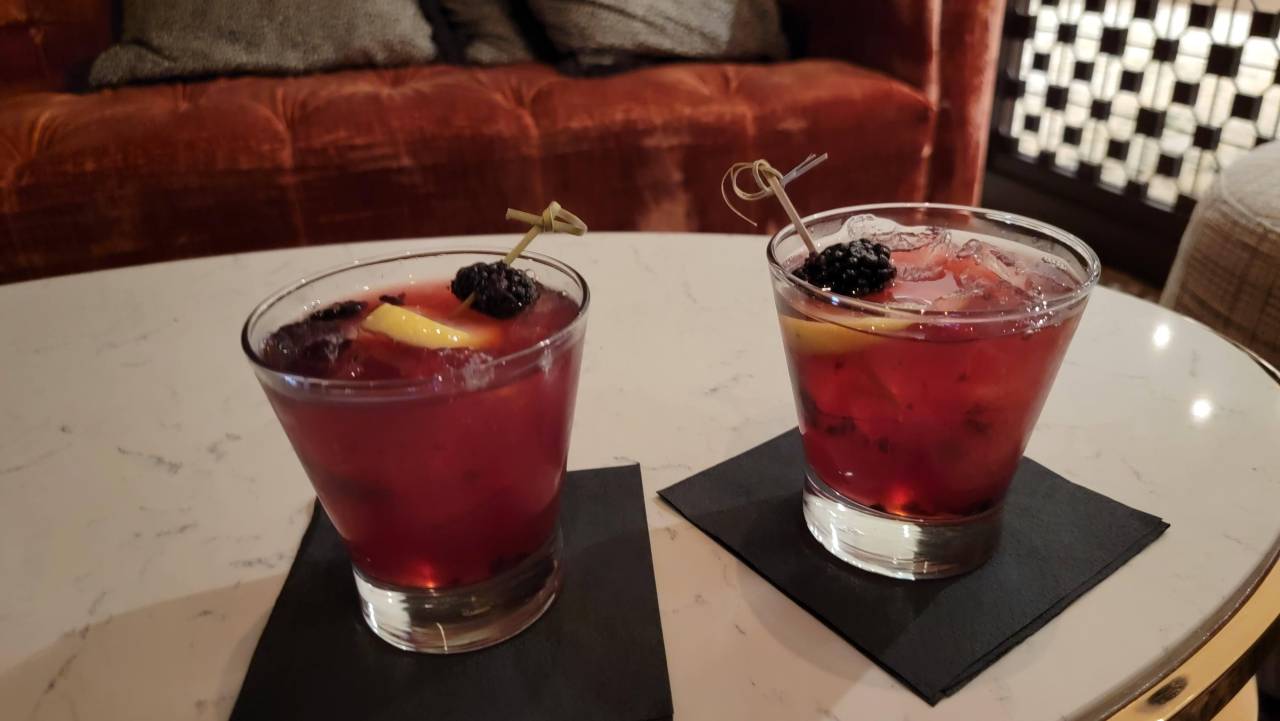I have built companies that make me proud, shaking hands in boardrooms by day and sharing a bourbon with friends once the laptops close. That evening ritual feels earned… a moment to celebrate progress, to loosen the tie, to tell stories that remind me why I grind so hard in the first place.
Yet I have watched promising peers slide from celebration into sedation. Pressure to meet targets, turbulent markets, family obligations, and the lonely distance at the top all pour steadily into a single glass. I never forget the call I received from a mentor’s spouse — he missed a flight home because he could not step away from the airport bar.
While I still appreciate a well-made drink, I’m aware that specialized rehab for executives programs exist precisely because demanding careers can turn a nightly pour into something more serious.
The Silent Creep of Stress-Fueled Drinking
Alcohol rarely announces trouble with flashing lights. Instead, subtle shifts appear:
- The pour gets heavier “just this once.”
- Dinner with family takes a back seat to another round with clients.
- Morning workouts vanish because sleep was restless after late night drinks.
- Conversations feel hollow unless a bottle is open.
These cues often hide behind jokes about needing a “liquid reward” for success. According to the NIAAA guidelines on moderate drinking, two standard drinks per day is the upper limit for men who choose to drink. Regularly drifting past that benchmark is a quiet alarm I refuse to ignore.
Workplace Culture and the Normalization of Heavy Pours
Executive life rewards decisiveness, confidence, and social bonding. Deals close over steakhouse dinners, investor updates wrap up at tasting rooms, and annual retreats showcase signature cocktails. The environment itself can nudge even disciplined leaders toward excess. Harvard research on chronic stress and health notes that sustained tension can intensify cravings for quick relief. When relief is always an arm’s length away, habit forms faster than most realize.
Warning Signs in Daily Routine
Ask yourself one honest question each week: “Would I feel uneasy attending this event if alcohol were removed?” If the answer is yes, explore why. Other red flags include:
- Secretly topping up a drink before others notice.
- Rationalizing missed meetings or errors as “minor slips.”
- Choosing evening drinks over previously cherished hobbies.
- Growing irritation when friends suggest alcohol free plans.
Practical Strategies to Keep Alcohol in Its Place
- Book workouts or mentoring sessions early in the morning… accountability discourages late-night excess.
- Alternate each drink with a tall glass of sparkling water. The ritual stays fun while intake slows naturally.
- Schedule monthly “dry forty-eight” hours to reset body and mind.
- Share goals with trusted colleagues so social events include supportive options.
- Consider therapy, meditation, or cold plunges as stress outlets that do not involve pouring a glass.
Shaping a Safer Workplace Relationship With Alcohol
As a business leader it is your responsibility to not just watch for your own health but also to foster a positive environment for those around you. Alcohol consumption and stress is endemic to business culture traditionally but it doesn't have to be that way. Here are some ways that you can create a safe and rewarding environment.
Redefine Social Rituals Beyond the Bar
Company culture takes its cues from how leaders celebrate success. Swap “mandatory” happy hours for events where alcohol is a choice, not the focal point. A reception stocked with craft mocktails, sparkling water infusions, and a barista serving pour-over coffee sends a clear message that everyone belongs - glass in hand or not. Rotate after-work drinks with morning charity runs, lunchtime cooking classes, or friendly pickleball matches in the parking lot. When connection is built on shared experience rather than shared shots, employees stop feeling that a full glass is the price of admission.
Equip Managers to See and Act on Early Warning Signs
Direct supervisors stand closest to shifting behavior, yet many feel unprepared to address it. Brief workshops can teach them to notice patterns like unexplained absences, mood swings, or a dip in productivity after client dinners. Pair that education with a simple, confidential escalation path—an HR partner, an employee-assistance hotline, or a designated wellness champion—so managers can guide teammates toward help without judgment. Early, empathetic conversations often prevent larger crises and protect both the individual and the business.
Lead Transparently and Reward the Right Things
Culture change sticks when executives model it. When a CEO mentions therapy sessions during a town hall or raises a glass of sparkling water at a client banquet, stigma crumbles. Make support resources flexible mental-health days, coaching stipends, meditation app credits highly visible so employees know help is an option long before it feels essential. Finally, calibrate recognition systems: celebrate project wins during core hours, issue bonuses tied to outcomes, and reserve late-night celebrating for rare occasions. By rewarding clear-headed performance instead of after-hours stamina, leadership demonstrates that professional excellence thrives on steady judgment —not heavy pours.
When Support Becomes Essential
If you notice escalating tolerance, secrecy, mood swings, or missed obligations, speak with a physician or mental health professional. Executive coaching often covers leadership blind spots; viewing alcohol the same way removes stigma and reframes the conversation around performance and well being.
Avoiding Alcohol As A Part of Business Culture: Moving Forward With Clarity
The pursuit of excellence should elevate, not erode, the life you worked hard to build. Recognizing subtle danger signs preserves the pleasure of a shared toast without letting the bottle steer the journey. Next time pressure mounts, try ten deep breaths before ordering that first drink… you might still choose the pour, but you will choose it with intent rather than instinct.
Hey James Hills wants you to share this!

